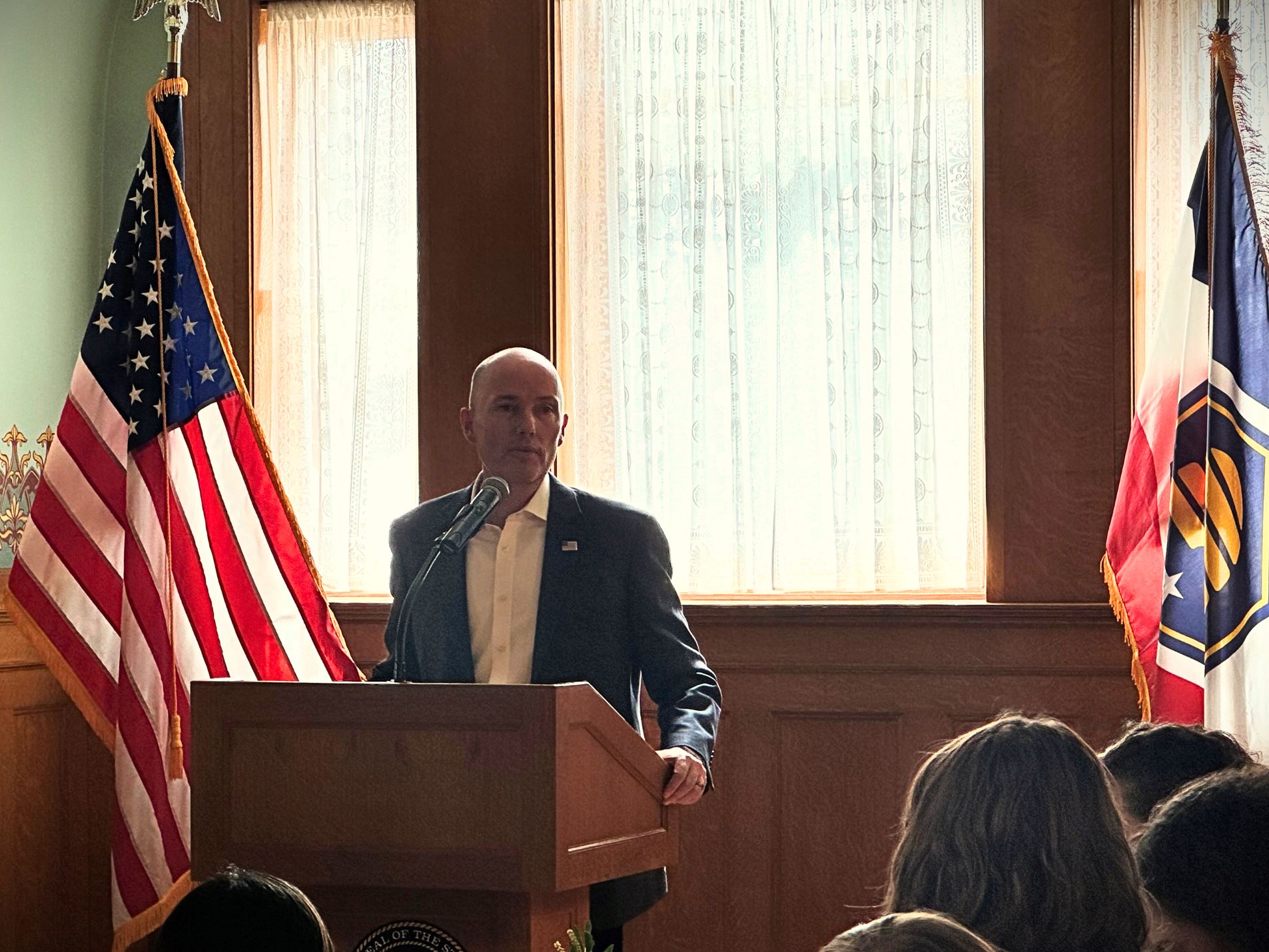As we look to post-pandemic recovery, it will be critical to ensure that individuals have access to resources and supports that not only help them meet basic needs but also provide them with tools to increase their economic security and resilience and build assets that can be passed on to future generations, setting them up for future success.
Introduction
Governors and other policymakers across the country increasingly recognize that greater access to education and employment opportunities can lead to upward economic mobility, which can result in basic needs being met, greater levels of wealth accumulation and overall economic growth. They also recognize that many low-income individuals experience significant barriers to achieving upward economic mobility because participation in work or education may not be logistically or financially feasible, or because an individual has not been able to establish a solid financial foundation to build upon.
As the chief executive officers of their states, Governors work with leaders in the private, non-profit and public sectors to respond to local and national economic conditions by setting priorities that align their state workforce and economic growth activities to achieve a shared vision of societal and economic wellbeing. Governors have the unique ability to promote economic opportunities for families by strengthening the safety net to better promote upward mobility, reducing barriers to economic participation, leveraging community-based supports to expand access to work and promoting equitable financial services to support wealth building.
Furthermore, the COVID-19 pandemic demonstrated that many workers who are indispensable to communities and the economy — from those who move essential goods to those who provide medical care — tend to earn low wages that may not adequately support them or their families. However, these essential workers also experienced greater exposure to the virus due to the nature of their jobs. Many of these same workers were not able to meet basic needs because of lost income resulting from COVID-19 exposure, illness or caregiving responsibilities, and as a result, relied in greater numbers on the safety net during the height of the pandemic. Inequities that became more visible recently long pre-date the pandemic, with many low-income workers experiencing uneven economic mobility. The rise of gig work over the last several years has exacerbated this reality, as tens of millions of Americans perform temporary, contract-based or part-time work without the traditional employer-based safety net — a salary, job security, insurance and other benefits — that many full-time employers provide.
For low-income families, many of whom historically have been marginalized, post-pandemic economic recovery outcomes have also been uneven, increasing the need in this moment for people-focused and sustainable policies to advance economic security, mobility and resilience. It is within this context that this resource offers Governors and other state policymakers strategies for addressing barriers that often prevent low-income individuals from accessing work or education and from experiencing upward economic mobility.
Guiding Principles for Policymaking
The following guiding principles for policymaking may be particularly useful in developing strategies to advance economic mobility for low-income individuals. Consideration of these guiding principles will help ensure that policy is developed in a way that is responsive to the lived realities of low-income individuals and families and that programs are set up for success. Each policy option offered in this publication aligns with one or more of these guiding principles.
- Facilitate cross-agency collaboration – Many policies contained herein rely on coordination among state agencies that may not have collaborated before or have yet to develop close working relation- ships. The Governor’s leadership and facilitation of cross-agency collaboration allows for more effective information sharing and administration of programs, and reduces redundancy in use of limited resources.
- Leverage technology to improve delivery and access to services – Applying advances in information management technology to government services can improve access and streamline delivery to beneficiaries and also decrease the administrative burden on state agencies.
- Gather and apply data for policy design and decision-making – Wherever possible, policy, programmatic, and procedural decisions and design should be data-driven to ensure they are realistic and responsive to end users’ needs and to reduce redundancies and unnecessary resource expenditures.
- Consider multigenerational policies -Economic mobility is an immediate and multi-generational issue. Policies that improve current conditions for low-income individuals as well as their families or dependents can also provide them the foundation for a healthy long-term economic outlook that can impact and last into future generations.
- Prioritize stakeholder engagement and worker voices – Creating processes to hear directly from stakeholders —including frontline staff, employers, nonprofit partners, workers and other service recipients —followed by integration of that feedback into policies, program design or procedures, can ensure service and program offerings are responsive to end users’ needs.
Strategies for Consideration
There are many approaches to advancing economic mobility, a complex issue with no one-size-fits-all solution. Therefore, this publication offers an array of policies that could be used to further economic security and upward mobility, along with examples of policies currently in place in diverse geographies and political landscapes across the United States. Some of the policies contained herein are well tested and can be considered the basic building blocks for governors starting new initiatives in their states. Other policies are recently enacted and more innovative, and could be seen as next steps for states that have already implemented the basics in a policy area. This publication is meant to provide a variety of policy options for governors to consider, based on the economic and political realities in their state.
These strategies are divided into three focus areas: restructuring the safety net, reducing barriers to economic participation, and ensuring equitable access to wealth-building opportunities. Each focus area has several objectives that governors and other policymakers can consider based on the specific challenges faced in their state, who they are trying to benefit, and what they are trying to accomplish. Each objective cites two to three specific strategies to support greater upward economic mobility for Americans, with details regarding the policy mechanism and who around the country is doing it well.
Focus Area: Strengthen the Safety Net as a Springboard for Working Families
- 1. Improve accessibility of state safety net programs for working families
- 2. Streamline and integrate the enrollment, administration, and delivery of safety net programs
- 3. Better align safety net programs with education, training, and employment services
Focus Area: Reduce Barriers to Working Families’ Participation in Employment, Education, and Workforce Training
- 4. Mitigate cliff effects for working families to enable participation in higher-wage work
- 5. Help relieve working-age adults of non-paid care responsibilities that may prevent them from fully participating in the workforce
- 6. Partner with municipalities and community-based organizations to support access to physical infrastructure that connects families to employment, education, and training
- 7. Increase low-income individuals’ access to high-quality, family sustaining jobs and training opportunities
Focus Area: Increase Family Economic Security Through Asset Development and Ensure Equitable Access to Wealth-Building Opportunities
- 8. Promote equitable asset-building through accessible home ownership
- 9. Support wealth-building through saving, investment, and safe banking and lending for families












